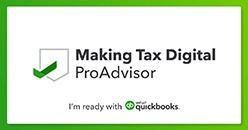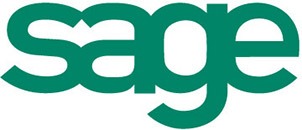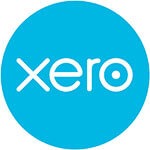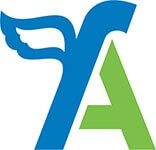The High-Income Child Benefit Charge (HICBC)
You may have to pay the HICBC if your income exceeds £60,000 and child benefit is being paid in relation to a child that lives with you, regardless of whether you are a parent of that child. If you are living with another person in a marriage, civil partnership, or long-term relationship, you will only be liable to the HICBC if you are the higher earner of the two of you.
For 2025/26, the HICBC is calculated at 1% of the child benefit received for every £200 of income above £60,000. This means that child benefit is fully clawed back where income exceeds £80,000.
From summer 2025, if you are an employee liable to pay the HICBC, you will be able to use a new digital service to declare the charge and opt to pay it directly through PAYE, without needing to register for self-assessment.
Taxable Income and Self-Assessment Tax Returns
If you are undertaking a commercial venture with a plan to make profits (e.g. buying stock to resell), tax may be due on the profits made. However, if your commercial venture is generating trading or property rental income of less than £1,000 a year, this is disregarded for tax purposes. This often covers small income-generating activities such as dog walking or creating content online.
Once the £1,000 limit has been exceeded, it is necessary to report your ‘taxable activity’ to HMRC.
At present, if you have trading income over £1,000, you are required to submit a self-assessment tax return every tax year. This applies even if your affairs are otherwise quite simple. The Chancellor has announced that a new simple online service will be developed in future to allow those with trading income between £1,000 and £3,000 to report their trading income and pay any tax they owe without necessarily requiring a full self-assessment tax return. For those without tax to pay, they will not need to report their trading income at all.
If your trading income exceeds £3,000, you will remain in the self-assessment tax system.
If your trading and property rental income exceeds £50,000, make sure you read the next section, as a fundamental change to income tax reporting is coming in from April 2026!
Digital Record Keeping and Quarterly Reporting Requirements for Traders and Landlords (“MTD”)
Updates are continuing to come through on HMRC’s ‘Making Tax Digital for Income Tax’ (‘MTD for IT’) initiative. It will initially apply from 6 April 2026 for sole traders and property landlords who generated gross trade and rental income (‘qualifying income’) of more than £50,000 in the 2024/25 tax year.
This will be followed by those with qualifying income of more than £30,000 in the 2025/26 tax year being mandated to comply from 6 April 2027.
It has now been announced that those with qualifying income over £20,000 in 2026/27 will be mandated to comply from 6 April 2028.
The MTD for IT rules are mandatory, and if affected, you will be required to use ‘MTD-compatible software’ to maintain digital records and send a quarterly summary of your business and/or property income and expenses to HMRC. This will be in addition to an end-of-year tax return. It has now been confirmed that, for those mandated into MTD for IT, the end-of-year tax return must also be submitted using MTD-compatible software. It will not be possible to use a free HMRC online service.
Other MTD for IT changes announced at the Spring Statement include:
- A limited list of types of individuals who will have an exemption or deferral from MTD for IT.
- The ability for those with 31 March year ends to start complying with the MTD for IT requirements on 1 April instead of 6 April, which will remove the need for manual adjustments at the start of the tax year.
There are various ways to remain compliant under the new rules, and options exist to ‘trial’ the new MTD system voluntarily before the 6 April 2026 start date. Please talk to us if you would like to know more.









